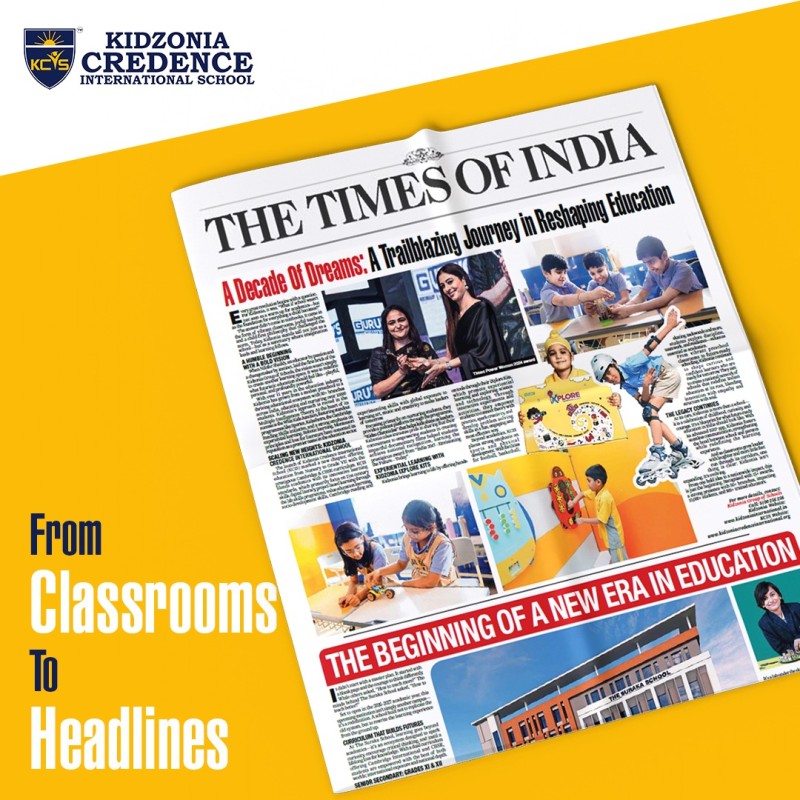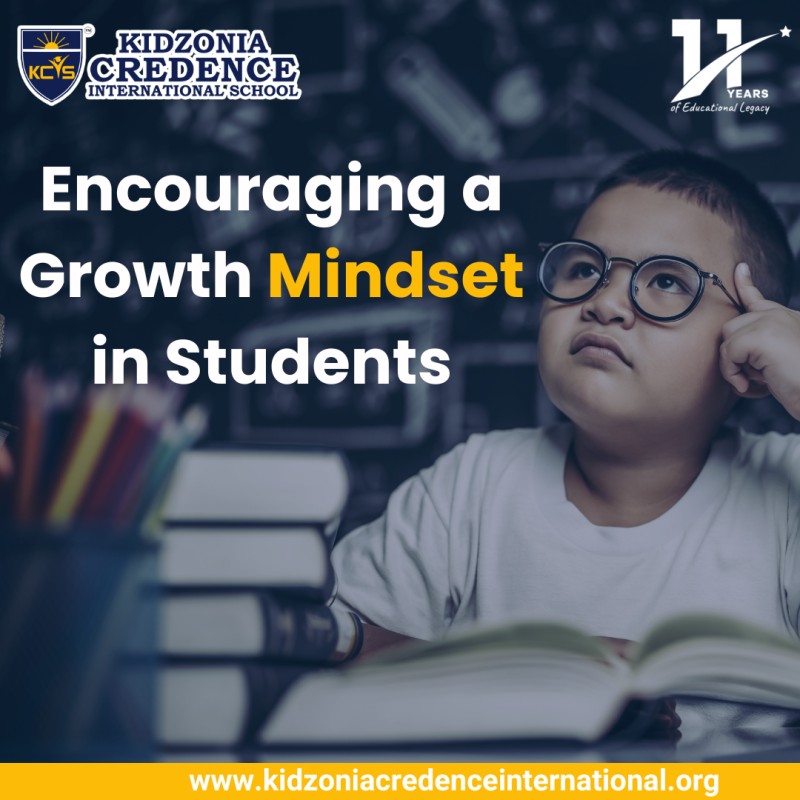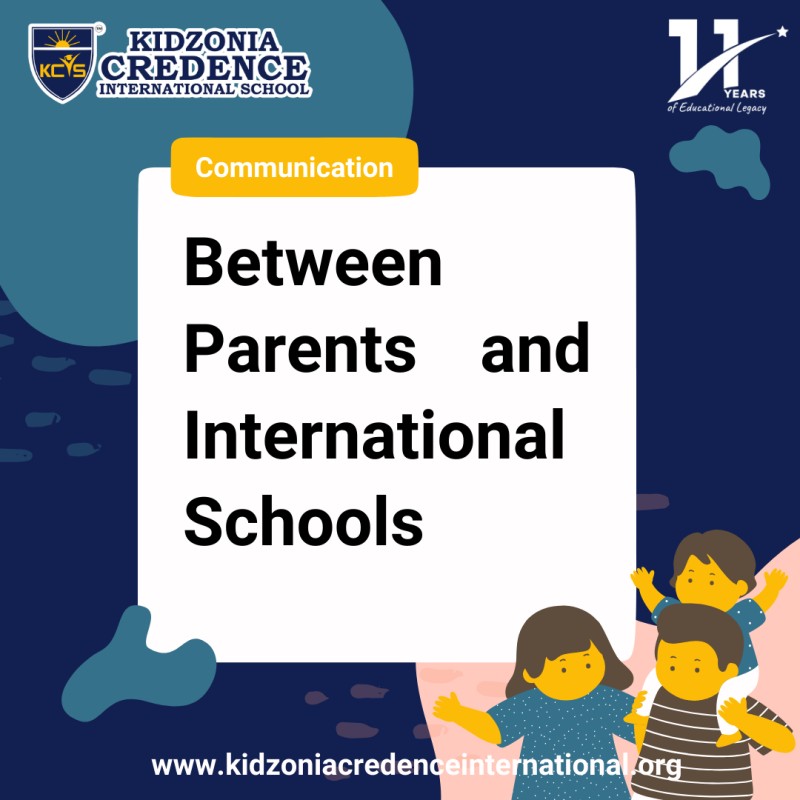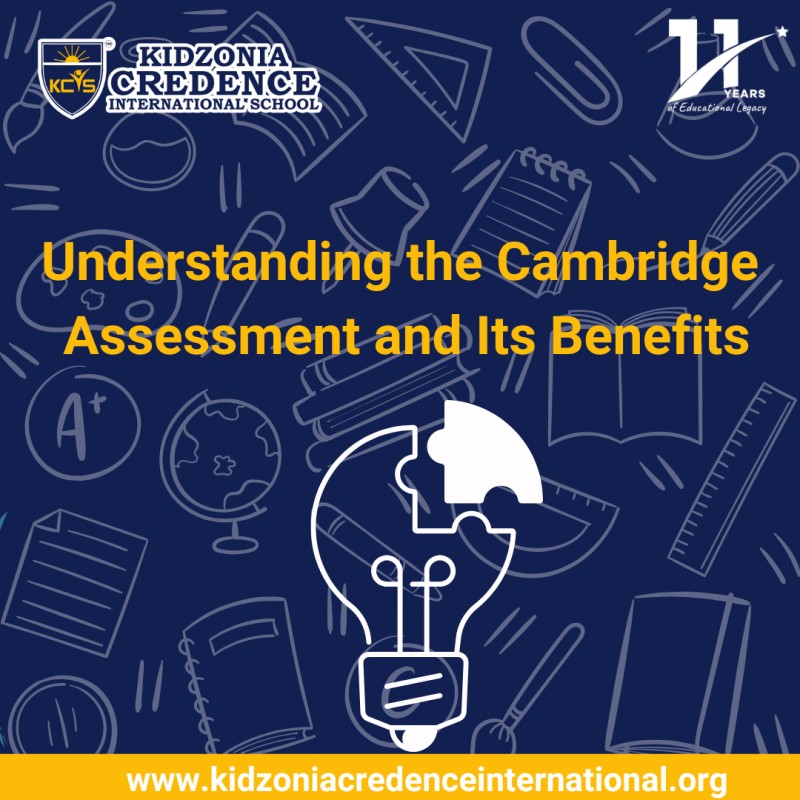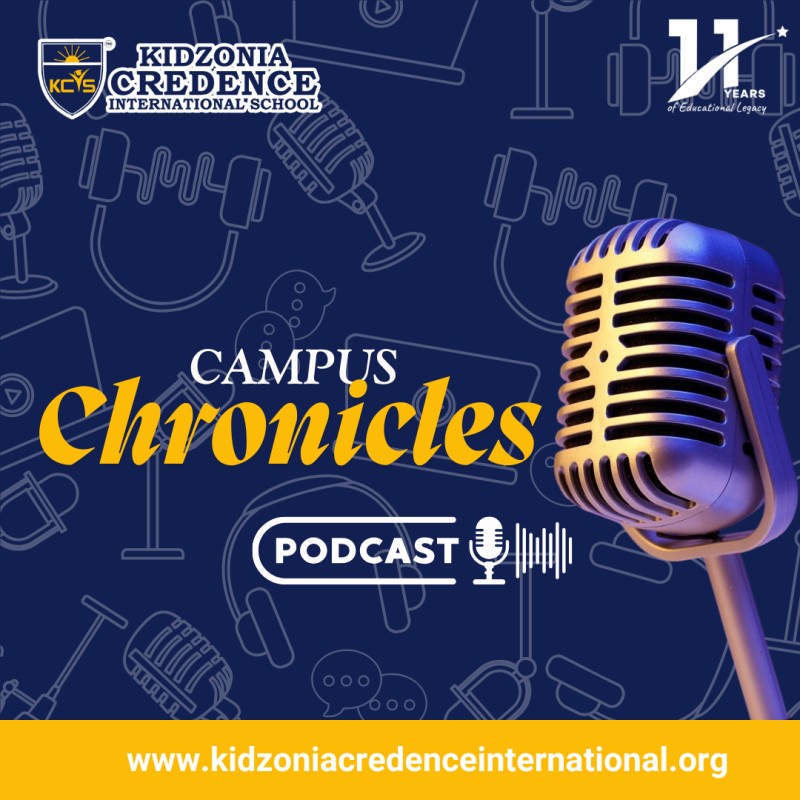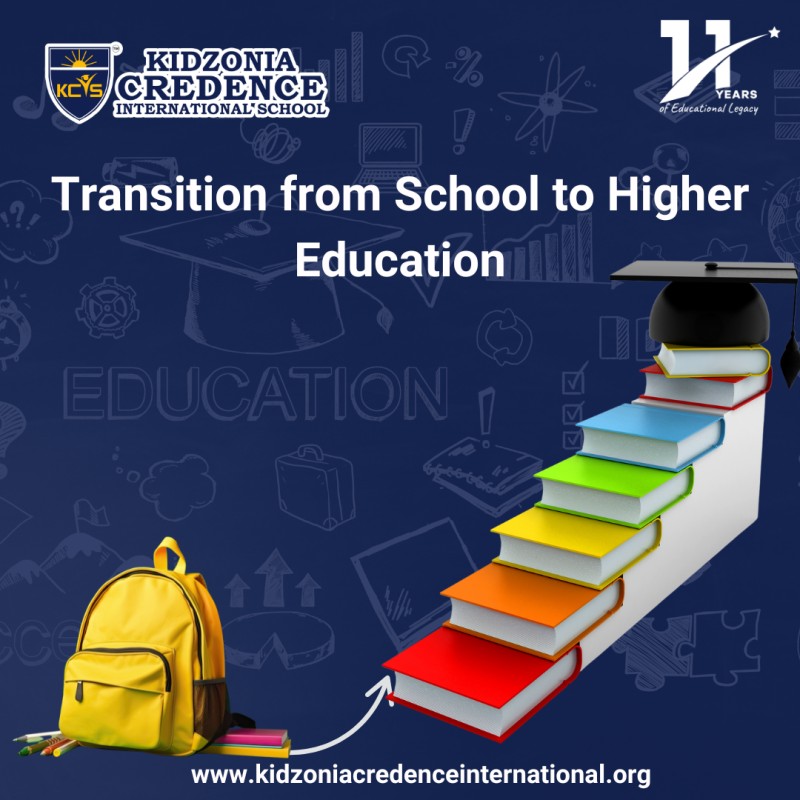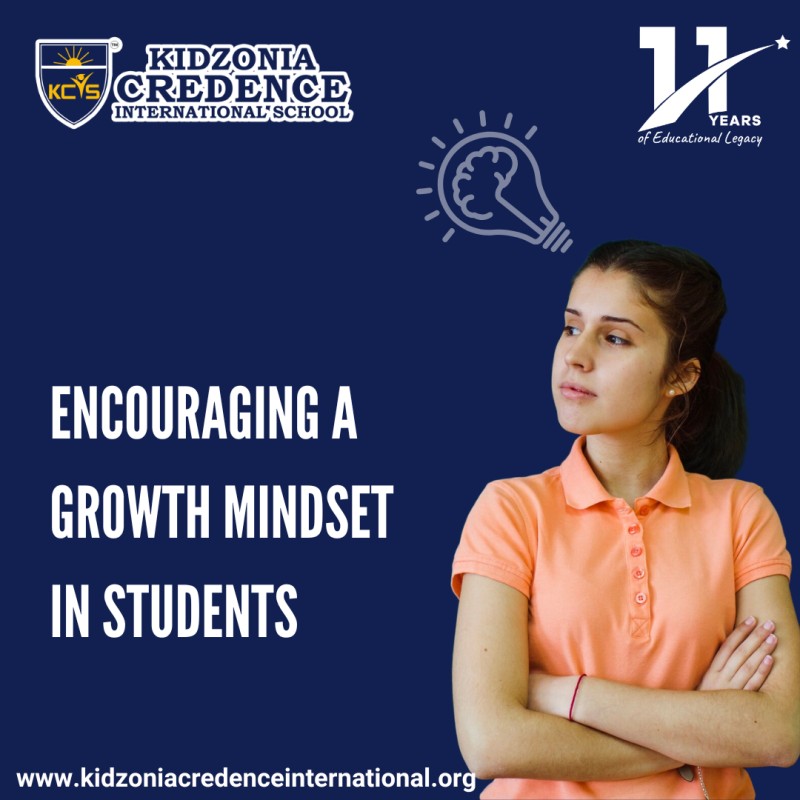By KIDZONIA
How Music and Art Can Help Your Child’s Development
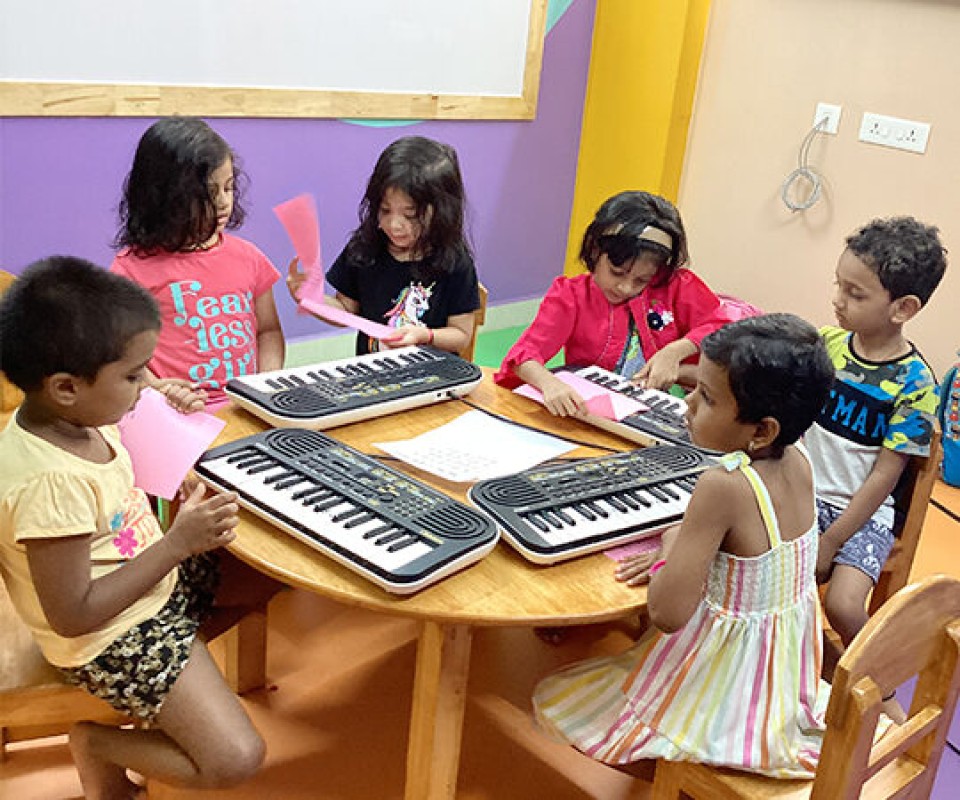
How Music and Art Can Help Your Child’s Development
Picture this: a world filled with vibrant colors, melodies that dance in the air, and brushes that paint dreams onto the canvas of life. As a successful individual standing on the threshold of achievement, I often find myself reflecting on the journey that brought me here. Amidst the accolades and accomplishments, one undeniable truth stands out—the profound impact of music and art during my early childhood. Like brushstrokes on a blank canvas, these creative forces sculpted the very foundation of my being, unlocking doors to endless possibilities and shaping my path toward success.
From my earliest memories, the melodies of music permeated the atmosphere of my home. It was as if every note carried with it a magical tale, waiting to be discovered. My parents, recognizing the power of music, exposed me to a wide range of genres and encouraged me to explore various instruments. The rhythmic beats and enchanting melodies became my sanctuary—a place where my imagination soared and my spirit found solace. Through the melodies that danced in my heart, I discovered the incredible potential of sound to influence my emotions, ignite my creativity, and foster a deep connection with others.

By embracing the power of music and art, we create an environment that nurtures not only their cognitive and emotional development but also their social and creative capacities. Join me in delving deeper into the transformative influence of music and art on our children’s lives.
The Impact of Music on Child Development
It’s remarkable how melodies, rhythms, and harmonies can shape and nurture young minds, fostering a range of cognitive, emotional, and social skills.
A. Cognitive Development
When it comes to cognitive development, music serves as a powerful catalyst, stimulating various areas of the brain and enhancing memory, attention, problem-solving, and spatial-temporal skills in children.
1. Enhancing memory and cognitive skills through musical patterns
By engaging with musical patterns, such as rhythm, melody, and repetition, children can improve their memory and cognitive skills as they learn to recognize and anticipate patterns, creating a strong foundation for learning and cognitive development.
2. Developing language and communication skills through song lyrics
Through exposure to song lyrics, children have the opportunity to expand their vocabulary, develop phonemic awareness, and refine their pronunciation, all of which contribute to the development of strong language and communication skills, fostering effective verbal expression and comprehension.
B. Emotional Development
Music has a profound impact on a child’s emotional development, as it can evoke and express a wide range of emotions, providing a platform for self-expression, self-awareness, and the development of empathy, nurturing emotional intelligence and well-being.
1. Expressing emotions and self-awareness through music
Music offers a powerful avenue for children to express their emotions, fostering self-awareness as they explore and communicate their feelings through melodies, harmonies, and lyrics.
2. Promoting empathy and emotional intelligence
By engaging with music, children are exposed to a range of emotional experiences, promoting empathy as they connect with the moods and messages conveyed in songs, thus nurturing their emotional intelligence and fostering a deeper understanding of others.
C. Social Development
Music plays a significant role in a child’s social development by encouraging collaboration, teamwork, and shared experiences, as children participate in group musical activities, such as singing together or playing in a band, fostering a sense of belonging, cooperation, and communication skills.
1. Building connections and teamwork through group musical activities
Group musical activities provide a platform for children to build connections and develop teamwork skills as they collaborate, listen to one another, and harmonize their efforts, creating a shared musical experience that strengthens bonds and promotes a sense of unity.
2. Encouraging cultural appreciation and diversity
Through exposure to various musical styles, genres, and traditions from different cultures, music nurtures an appreciation for diversity and fosters cultural understanding, allowing children to embrace and celebrate the richness of global heritage, promoting inclusivity and respect for others.
The Role of Art in Child Development
Art plays a vital role in a child’s development, providing avenues for self-expression, creativity, and personal growth, fostering cognitive, emotional, and social skills that contribute to their overall well-being and holistic development.

A. Fine Motor Skills Development
Engaging in art activities, such as drawing, painting, and sculpting, promotes the development of fine motor skills in children, as they manipulate art tools and materials, refining their hand-eye coordination, dexterity, and control over precise movements.
1. Strengthening hand-eye coordination through drawing and painting
Drawing and painting activities require children to coordinate their hand movements with their visual perception, strengthening their hand-eye coordination as they control the strokes, lines, and shapes on paper or canvas, honing their motor skills and enhancing their ability to accurately interpret and replicate what they see.
2. Improving dexterity and control in handling art materials
Engaging in art activities involving various art materials, such as brushes, pencils, and clay, allows children to develop and improve their dexterity and control as they manipulate and handle these tools, refining their fine motor skills and gaining mastery over the precise movements required for artistic expression.
B. Creativity and Imagination
Art provides a fertile ground for fostering creativity and imagination in children, as they are encouraged to explore their ideas, think outside the box, and experiment with different materials, colors, and techniques, igniting their imagination and cultivating their ability to generate original and innovative ideas.
1. Cultivating originality and imagination through artistic expression
Through artistic expression, children are empowered to cultivate their originality and nurture their imagination, as they explore a wide range of creative possibilities, experiment with different techniques and materials, and develop their unique artistic voice, fostering a sense of individuality and encouraging the limitless potential of their imagination.
2. Encouraging problem-solving and critical-thinking skills
Artistic endeavors provide children with opportunities to engage in problem-solving and critical thinking, as they face challenges, make artistic choices, and find innovative solutions to bring their ideas to life, fostering analytical thinking, decision-making skills, and the ability to approach problems from multiple perspectives.
C. Emotional and Social Development
Engaging in art nurtures emotional and social development in children by providing a means for self-expression, fostering emotional awareness, and promoting social interactions and communication, allowing children to explore and convey their emotions, connect with others, and develop empathy and understanding in a supportive and creative environment.
1. Facilitating emotional expression and self-reflection through art
Art offers a safe and expressive outlet for children to communicate and process their emotions, providing a platform for self-reflection as they create artwork that reflects their inner thoughts and feelings, promoting emotional expression, self-awareness, and a deeper understanding of their own emotions.
2. Fostering social connections and collaboration in art-based activities
Art-based activities foster social connections and collaboration among children as they engage in group projects, share ideas, and work together towards a common artistic goal, promoting teamwork, communication, and cooperation, while also fostering a sense of community and creating opportunities for positive social interactions.
Integrating Music and Art in Early Childhood Education
By incorporating music and art into daily routines and lesson plans, educators can create a dynamic and engaging learning environment. From welcoming children with cheerful tunes to using art activities as a form of self-expression, these strategies spark creativity, promote self-confidence, and encourage active participation. Creating a sensory-rich environment with diverse art materials and musical instruments stimulates exploration, fine motor skills, and sensory perception. This multidimensional approach also unlocks the benefits of cross-curricular connections, as children explore the harmonies between music, art, and other subjects.

Whether integrating music into language activities, using art to explore mathematical concepts, or exploring the science of sound through musical experiments, this approach enhances holistic development, nurtures critical thinking, and fosters a deeper understanding of the interconnectedness of various disciplines. By embracing the integration of music and art, early childhood educators lay a solid foundation for a well-rounded education that enriches every aspect of a child’s growth.
Parental Involvement and Support
Parents can encourage music and art at home by creating a supportive environment that embraces artistic exploration and musical play. This can include providing access to age-appropriate art supplies and musical instruments, displaying and celebrating their child’s artwork, and incorporating music into daily routines. Engaging in joint creative activities, such as family art projects or singing together, not only fosters family bonding but also reinforces the importance of artistic expression. Collaborating with educators is equally valuable, as parents can communicate with teachers to understand the music and art curriculum, reinforcing learning at home by practicing songs or discussing artworks. Participating in school events and community arts programs further strengthens the connection between home and school, providing opportunities for shared experiences and a deeper appreciation of the role of music and art in a child’s education. Through active involvement and support, parents become partners in fostering their child’s love for music and art, enriching their overall development and nurturing a lifelong passion for creativity.

It’s important to recognize the amazing impact of music and art on your child’s development. So, parents and educators, let’s prioritize and embrace these creative outlets for their optimal growth. When you encourage your child to explore music and art, you’re giving them the tools to express themselves, broaden their horizons, and develop important skills that will stay with them throughout their lives. So, let’s make a commitment together to make music and art a central part of their lives. Embrace the joy of creativity and witness the incredible potential it holds in shaping your child’s bright future.



